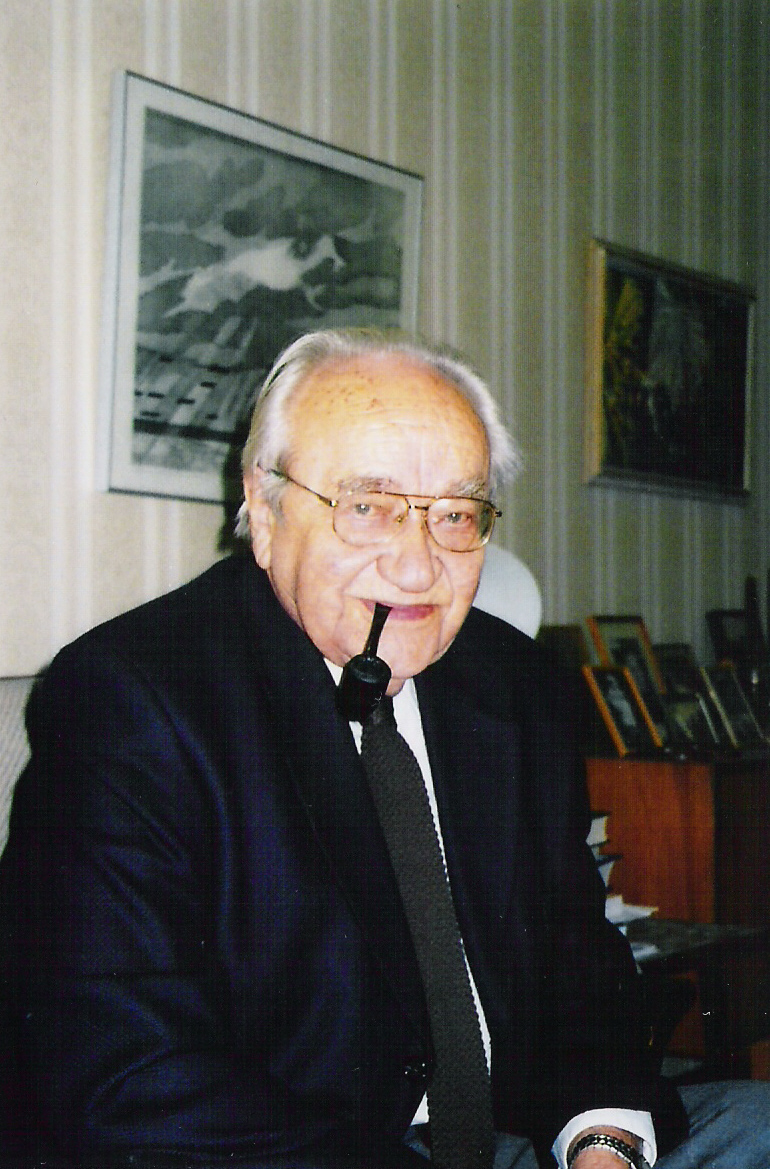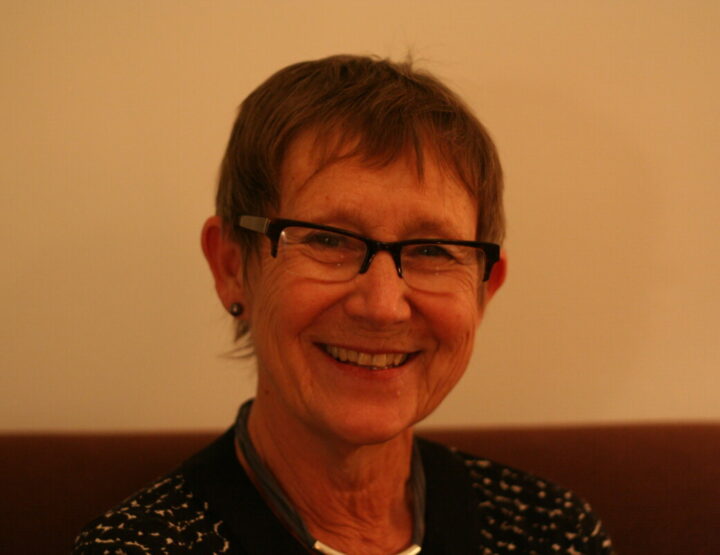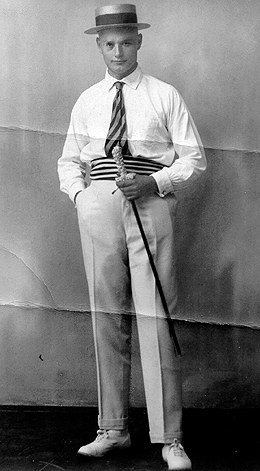Reading reference works about Ilmar Talve, we learn that he is a Finnish ethnologist of international renown, an honorary member of scientific organisations in a number of countries, and an Estonian writer. This simple definition hides a laborious life that is not lacking tragedy and adventures. The writer himself has told about it with a scientist’s precision in his three-volume memoirs Kevad Eestis (Spring in Estonia), Kutsumatu külaline (An Uninvited Guest) and Kolmas kodumaa (The Third Home Land, 1997-1999).
Ilmar Talve was born in St. Petersburg province, Russia, on 17 January 1919, where his father had moved at the beginning of WWI to escape mobilisation into the Russian army. In 1920 the family returned to Estonia. Talve studied ethnology at the University of Tartu and received his MA in 1942. During the same time he also wrote his first pieces of fiction. The events that followed took him away from academic circles for a length of time and, reading his autobiography, we can even find a plot for a picaresque novel in his life of the time: fighting Russians in Finland, his return to Estonia and fleeing to Germany in 1944, and escaping perishing on the Nordstern, which was torpedoed on the Baltic Sea, life in the Flensburg refugee camp in Germany, and his illegal departure from Germany and travel to Sweden via Denmark. We might also add that Talve has, during his life, been conscripted into the armies of five countries, and at present his passport does not indicate his true place of birth, since, having escaped death by drowning without any documents, it would have been very difficult to explain to Swedish officials why an Estonian national had been born somewhere in Russia. But all through his life, Talve has been a true Estonian patriot.
After the war, Stockholm was the home for a quite large community of Estonian exiles, including a number of well-known writers and young aspiring authors, such as Karl Ristikivi, Valev Uibopuu, and Kalju Lepik, whose poems were rapidly finding admirers. The state of mind of the first exile years in Sweden and direct war experience formed the subject and background for Talve’s debut work – the collection of short stories Only a Human Being (Ainult inimene, 1948). A human being is, actually, in the focus of the book, not a mere “only” or a fleeting detail. This book, documenting the spirit of the period, is largely autobiographical and journalistic and it has found appreciation as an Estonian equivalent to the literature of the lost generation. This is the generation whose natural development was interrupted at an age, when, under normal conditions, all options are open, when people have just left school or graduated from university and have begun their self-realisation in the fields of activities they have chosen. In both his short stories and autobiography, Talve has become probably the most expressive chronicler of the generation that had experienced war, beginning his autobiography with an epigraph from Klaus Mann about the uniqueness of each human life, which still reflects the drama of the whole generation, the whole nation and the whole era.
The continuing topicality of Only a Human Being can also be seen in the fact that, with utmost conviction, Talve discusses the question of why Estonians fought in alien uniforms in WWII. Their aim was freedom and the restoration of their own state; the lawfulness of this aim was confirmed only more than a half century later. Talve, among many other exiles, refused to visit his homeland as long as it was under Soviet occupation.
Talve’s next work, the novel Maja lumes (Snowed-In House, 1952; in Swedish 1964), was a political allegory presenting the moods and attitudes of the inhabitants of a house located in a small state between Slavonia and Teutonia. At the end of the decade, Talve also published the novel Juhansoni reisid (Juhanson’s Travels, 1959; in Finnish 1961, 2nd ed. 1991). The main hero of the book has been called the Estonian Švejk, who overcomes the tragedy of his generation, war events and the depression caused by the loss of homeland, with humour. In these books we can find even more clearly than in many other authors’ works the existentialist attitude that had become rooted in post-war literature, and unswerving resistance to great political powers that endanger the ideals of humanism and democracy. Talve’s work is characterised by existential questions, which are often complemented by hints of nature motifs, just as in his essay In Front of the Gray Horizon (1949), where he perceives the inevitable and unavoidable, but still expresses a firm will to continue in spite of unfavourable conditions and to fight even when it seems to be hopeless.
These three books, all of which are special landmarks in Estonian literature, have won Ilmar Talve literary renown, but he himself considers literary work to be more of an extra activity. Talve continued his studies of ethnology at the University of Stockholm and defended his doctoral dissertation there. In 1959 he moved to Finland and worked as Professor of Ethnology at the University of Turku until his retirement in 1986. Talve has been appreciated as an innovator in Finnish ethnology, a changer of the paradigm and the creator of a new school. His main research work, Finnish Folk Culture. The Main Historical Lines (Suomen kansankulttuuri. Historiallisia päälinjoja), was first published in 1979, and revised editions in 1980 and 1990; it was translated into English in 1997. This masterful study, together with numerous other published research works, can well be called a life work.
In 1988, when the walls of Eastern Europe started to crumble and the Iron Curtain was ripped, Talve published a literary masterpiece that had taken a long time to ripen – the essayistic and cultural historical novel Maapagu (Exile). The fictional protagonist of this book, Sebastian Alkman, brings together in his notes two waves of exile that took Estonians to the Western countries in the 20th century – those following the Russian revolution in 1905, and WWII. Young Alkman very precisely maps his travels in Europe. Within the fictional we can discern the author’s own experience of exile, until both are synthesised in an old man’s reflection on his own adventurous life and that of his “double”. Exile is one of the last great Estonian novels written in exile, being also a symbolic and literary summary of the author’s own years of exile, as after that, he was soon able to return to his homeland.
In the spring of 2004, the publisher “Ilmamaa” issued a new masterpiece written by Ilmar Talve, this time devoted to ethnology – Eesti kultuurilugu. Keskaja algusest Eesti iseseisvuseni (Estonian Cultural History. From the Beginning of the Middle Ages Up To Independent Estonia). This 700-page volume is based on extensive source material; it is written in an easily readable essayist style and gives an overview of the economic, political and cultural development of the Estonian territory over the course of about 700 years. Talve’s notion of culture is wide and, since he is also very familiar with the culture and history of the neighbouring areas, he is able to observe Estonian culture not only as the culture of an oppressed peasant nation, but in the context of the surrounding Baltoscandia in terms of mutual loans and influences. Agriculture and husbandry, clothing, food, administration and governance, warfare, the arrival of European town culture, customs and religion, education and medicine, trade, popular culture and fine arts – all spheres of human activities are systematically discussed in this book, which is a masterful popular scientific summary of earlier cultural historical studies, as well as an impressive textbook. The author has stressed the fact that this is a narrative about the culture of his fatherland and its growth pains, about the life-force and tenacity of the people. One can never stop believing in them, and one can never give up the will to live in freedom. This large narrative, reaching up to the gaining of independence and the creation of the Estonian state at the beginning of the 20th century, is also the story of one nation’s political, economic and cultural maturation.
Ilmar Talve has three homelands – Estonia, Sweden and Finland, where he now lives in Turku. The translation of his autobiography, adapted for Finnish readers, will be published soon. The appearance of Estonian Cultural History marks still another return home, this time as an Estonian ethnologist, of a scientist and writer who has lived a large part of his life abroad and who is still in great condition creatively. Literary prizes given to his works of fiction and the Cultural Award of the Estonian Republic for his autobiography, as well as praise given to his research, make it apparent that Ilmar Talve has managed to realise the life work of several men – a Finnish ethnologist, an Estonian writer, and now, an Estonian cultural historian.
© ELM no 19, autumn 2004




